
The Need for Container Security
The explosive growth of containers is foreseeable in the future. The technologies like Docker alleviate various issues for developers deploying

The explosive growth of containers is foreseeable in the future. The technologies like Docker alleviate various issues for developers deploying

Understanding the container security areas that need to be focused on and particular control recommendations helps to understand which threat

Runtime Security in Kubernetes deployment might be policed based on a pod-by-pod. A pod is a group of containers that

A Kubernetes cluster is composed of a master node, which exposes the API, schedules deployments, and generally manages the cluster.
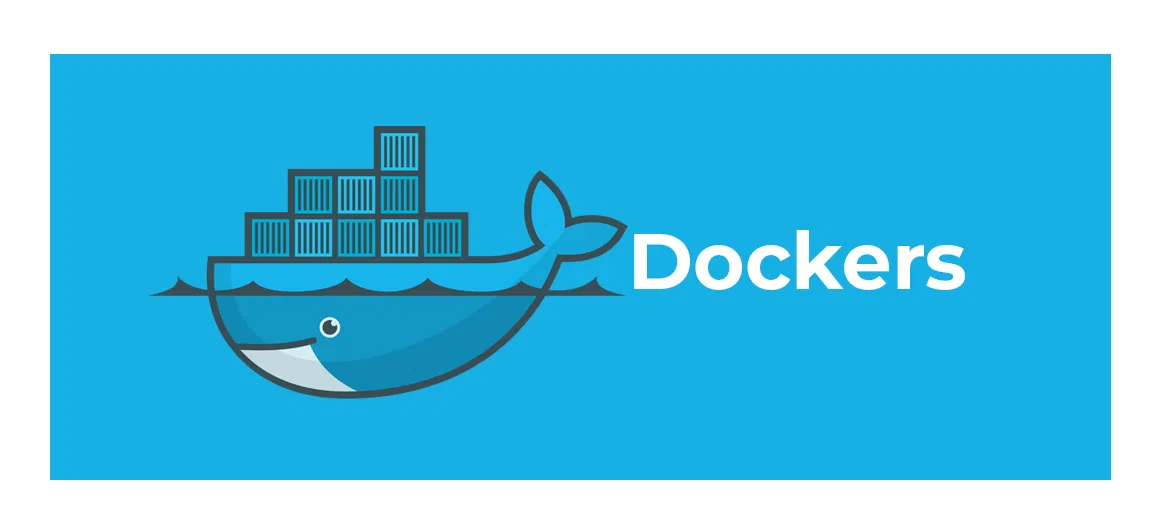
Nowadays enterprises are looking to transform software development practices to be agile to deliver more software faster. Container technology is

The Open Web Application Security Project (OWASP) periodically publishes a list of the top 10 web application security risks. The
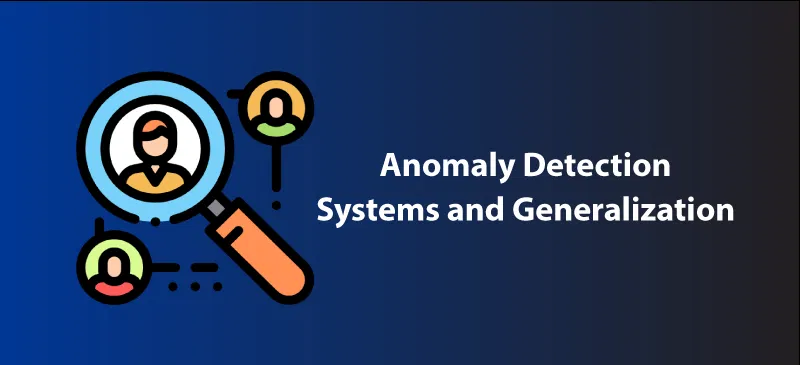
Network servers are always vulnerable to attacks. Therefore security measures to protect vulnerable software are an essential part of securing

To facilitate scalability and resilience, many organizations are running applications in cloud-native environments, with make use of containers and orchestration.
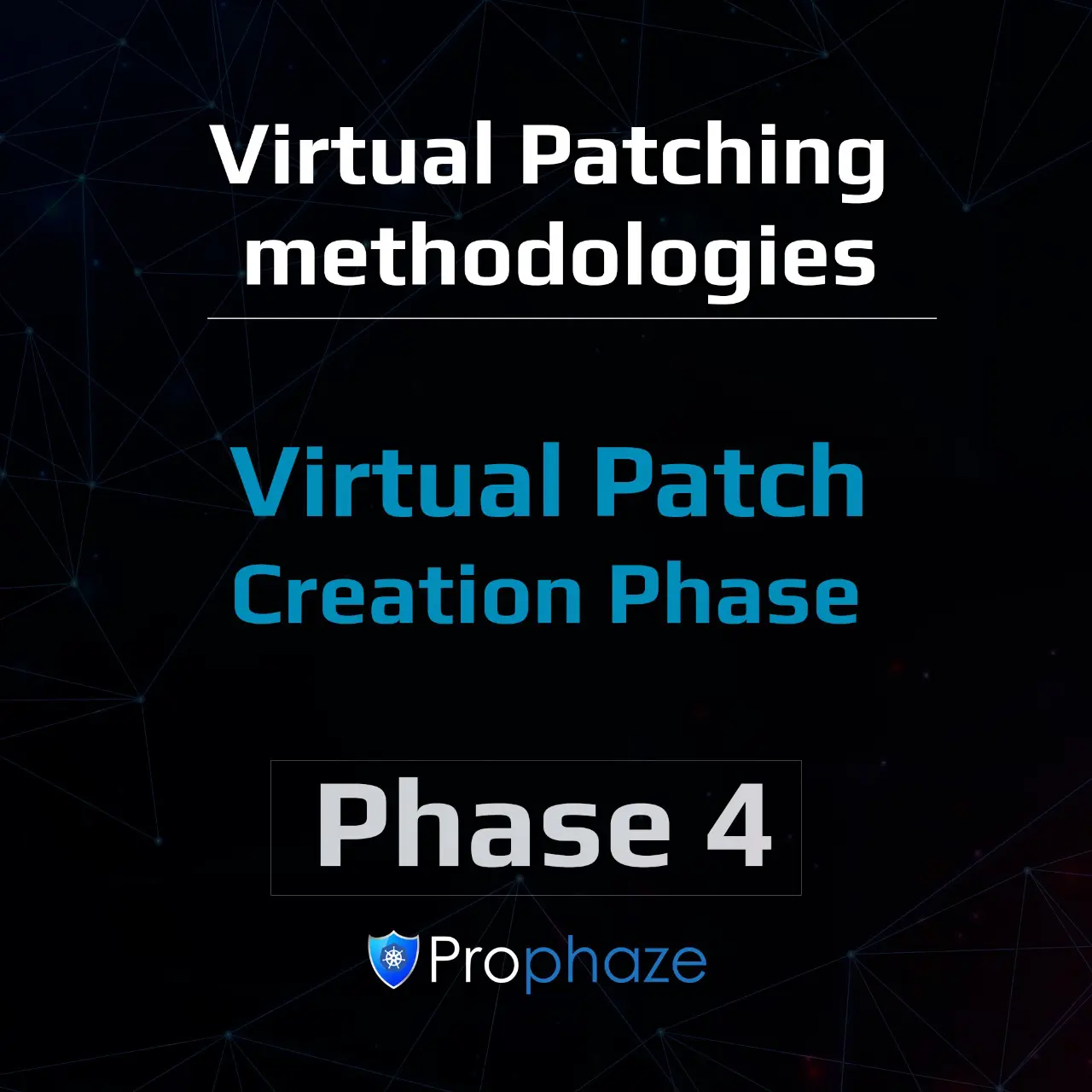
The process of creating an accurate virtual patch is bound by: (a) No false positives – This is always the

Preparation Phase The significance of adequately utilizing the preparation phase in respect of virtual patching can’t be overstated. Before dealing
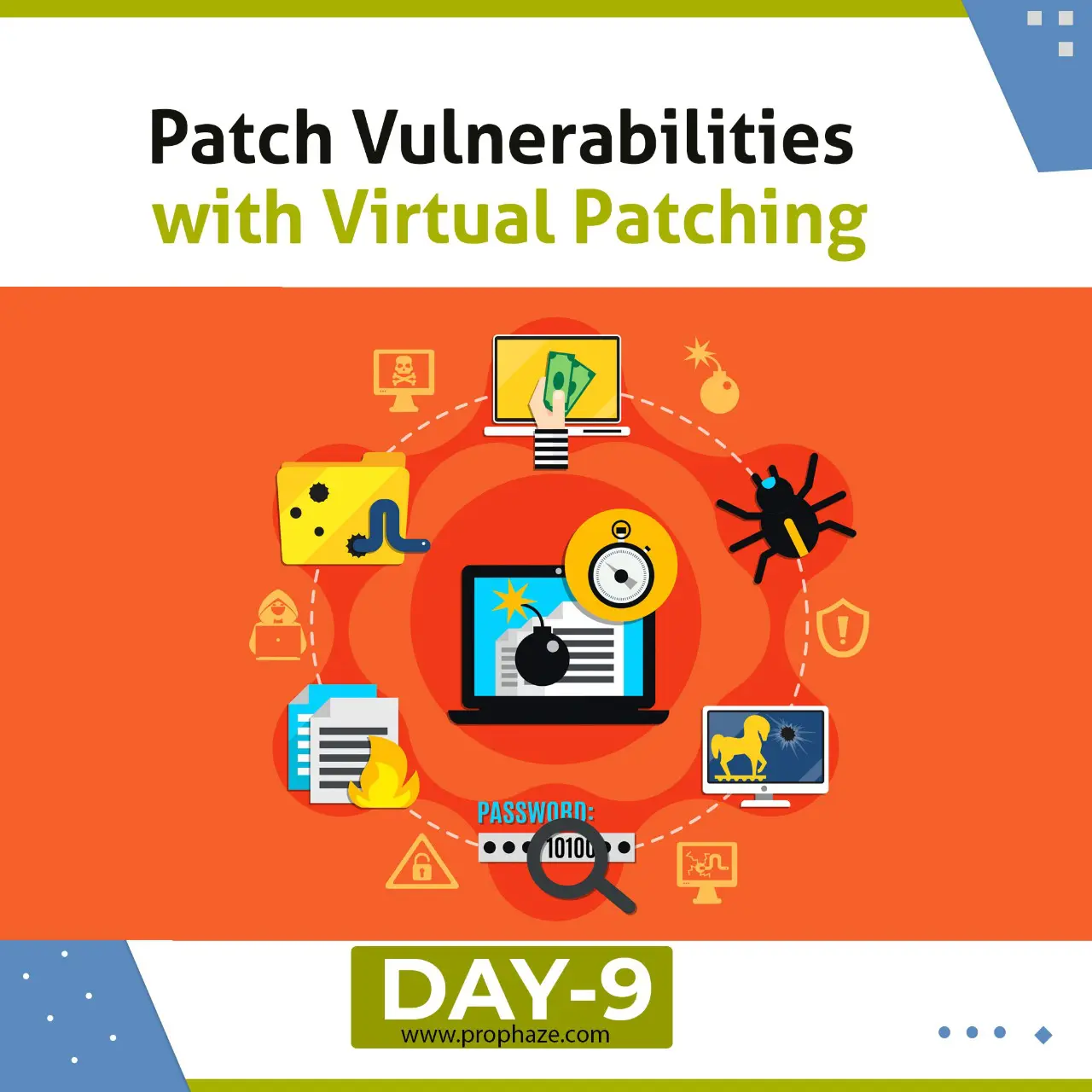
Virtual patching demands applying a layer of security policy that prevents and intercepts vulnerability exploitation. A productive solution requires the
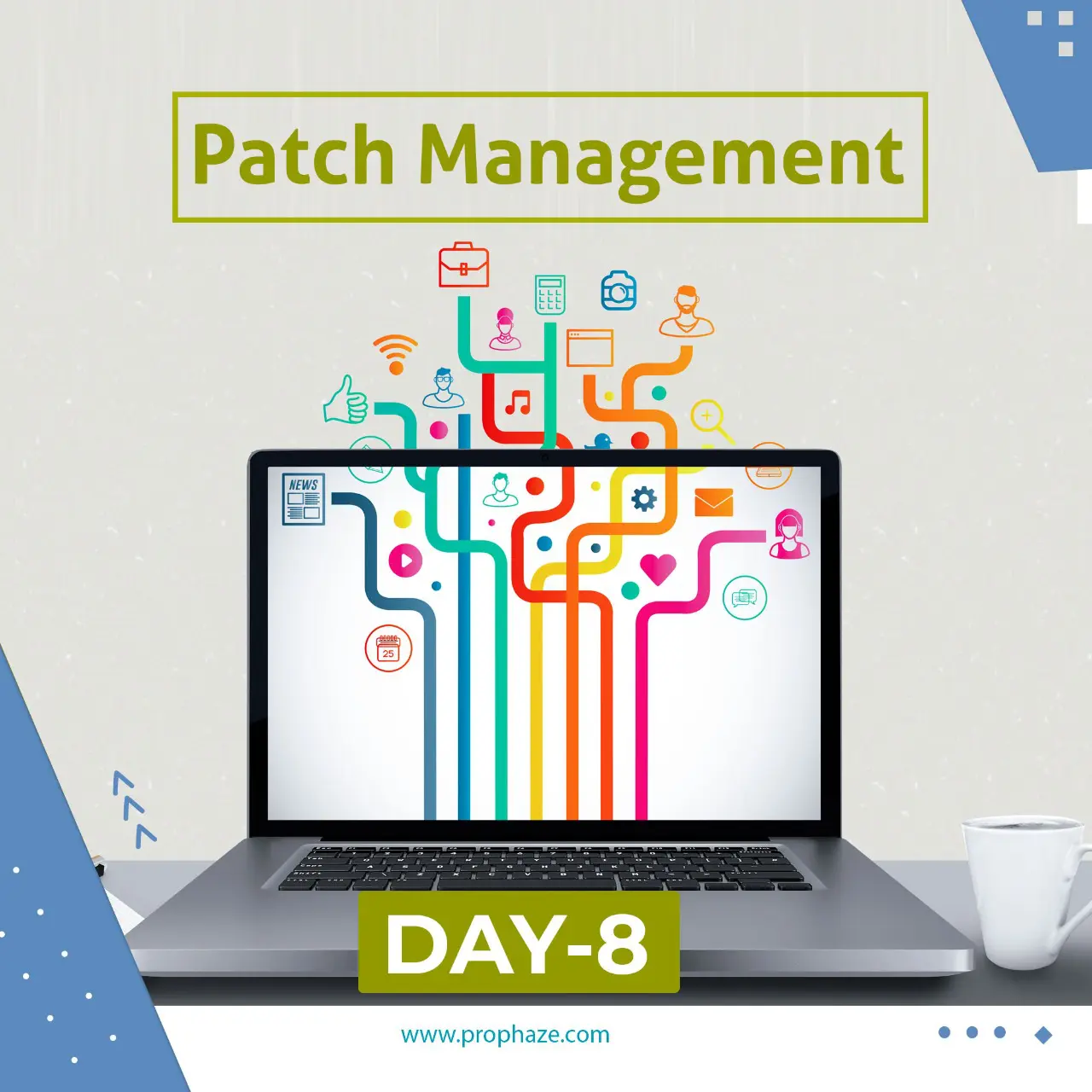
Patch Management is a strategic process of acquiring, testing, and installing updated software. But, most of the companies find themselves comply

Virtual Patching gives a rapid way of a solution to provide web security. Even though the preferred solution is temporary,

Safeguarding the company’s assets against existing and emerging vulnerabilities is the most critical task that security teams are struggling with.

Various tools are used to achieve Deep Security virtual patching. It includes: Web Application Firewall (WAF) Intrusion Prevention System (IPS)

From the technical point of view, the initial mitigation strategy would be for an organization to rectify the discovered vulnerability

Today’s systems can be considered as very advanced as well as complex, with multiple dependencies and interrelationships. It requires a
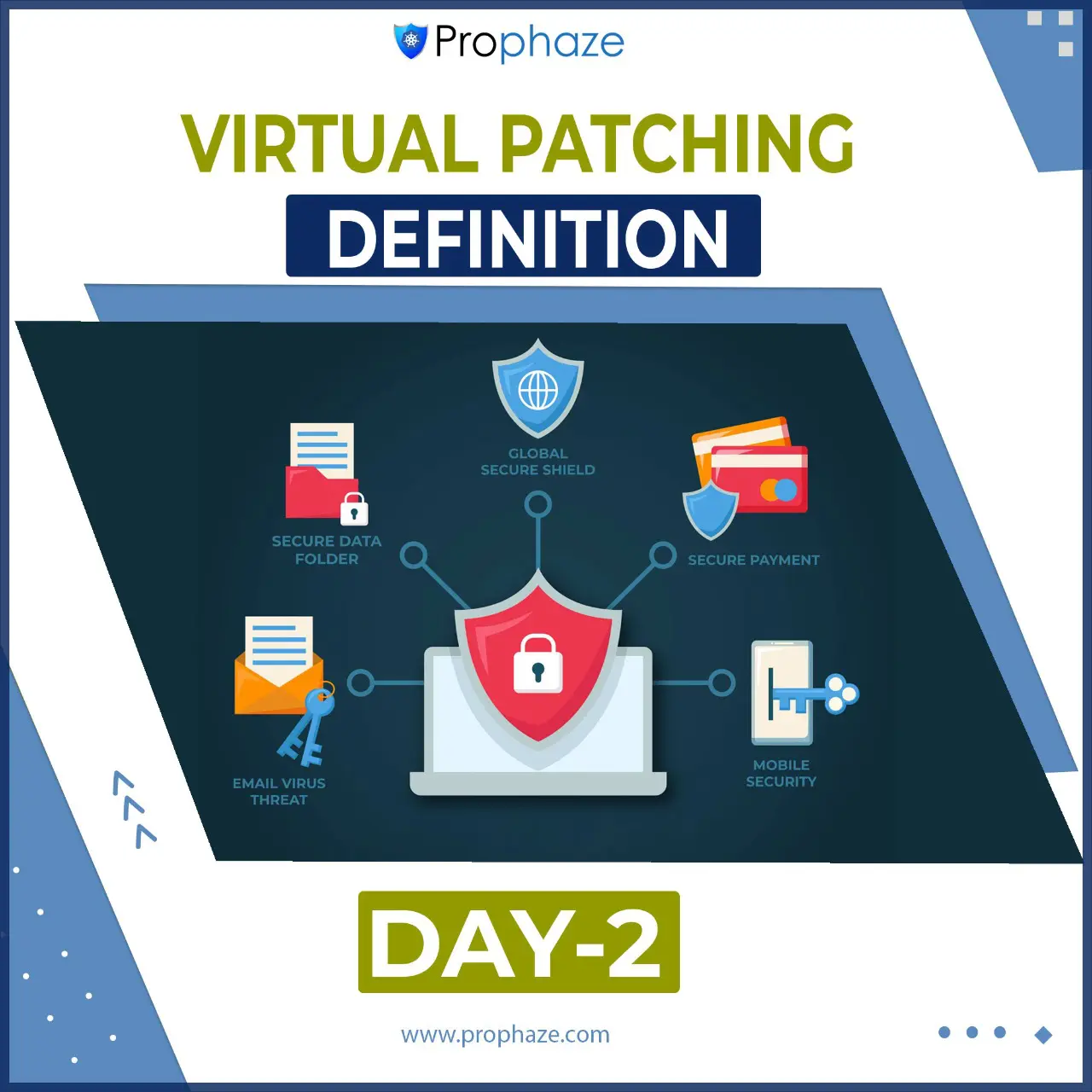
The term patch is misleading because the vulnerable system is not being patched. A quick repair job for a piece
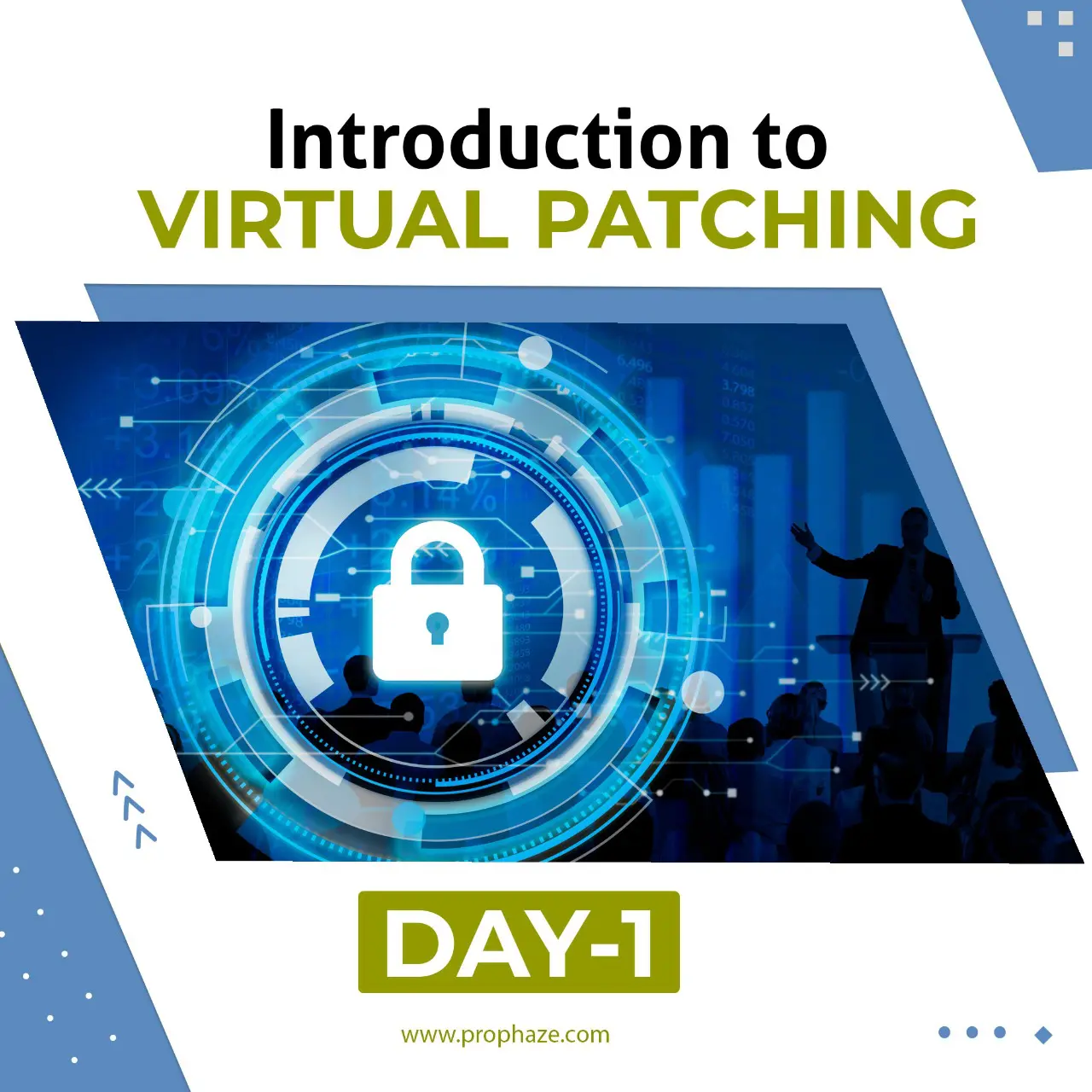
“Virtual Patching” is a term that was initially used by Intrusion Prevention System vendors many years ago. It is also

With the running application, we want to access one service. Let’s create a ClusterIP type of service. We can: Create
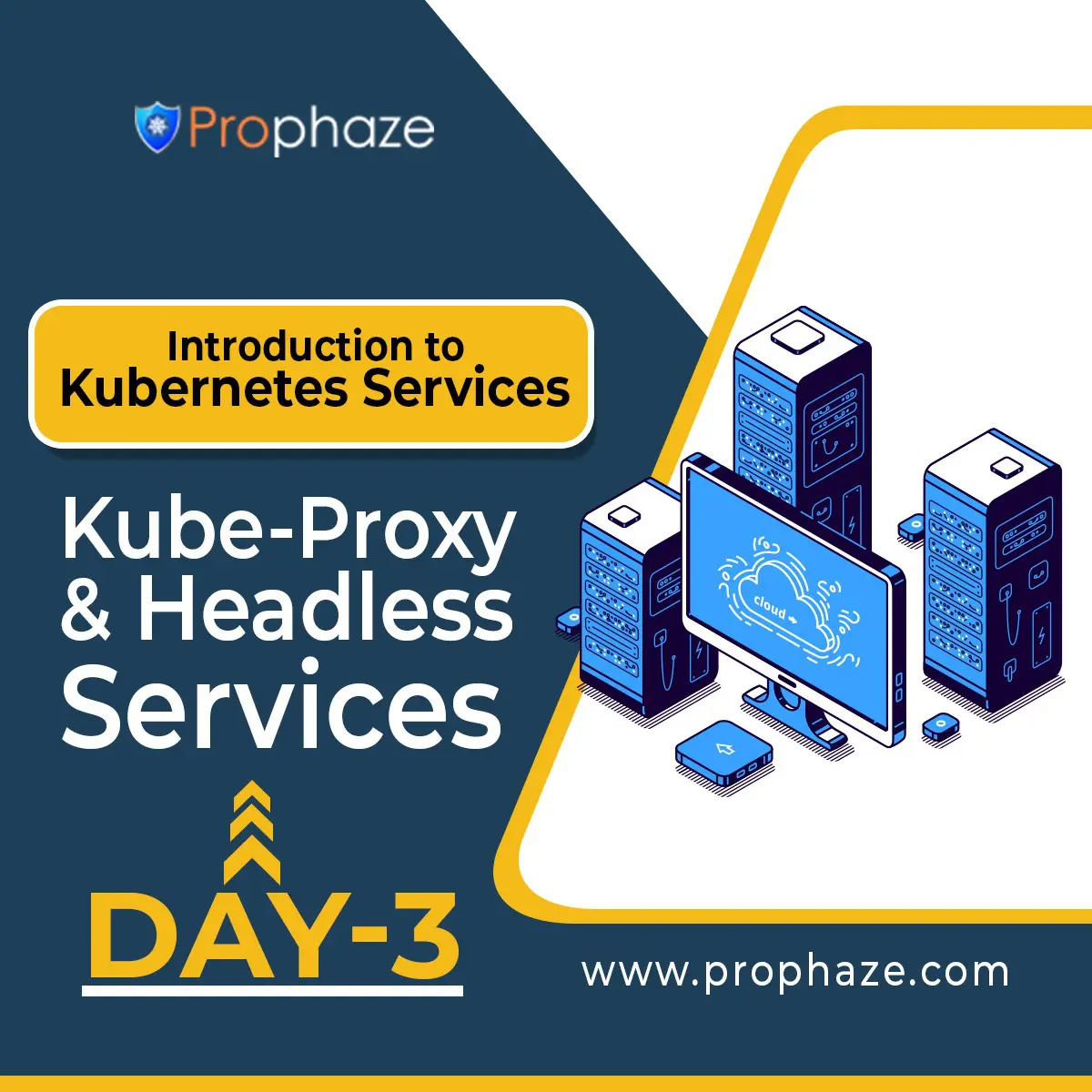
Kube-Proxy Kube-proxy implements a form of virtual IP for services for all types except ExternalName. Three modes are: (a) Proxy-mode:

Key Terms Nodes: Virtual host(s) on which containers/pods are running. Kubernetes Service: A logical set of pods that perform identical

Key Terms: Pods: One or more containers that shares the storage and network with a Kubernetes configuration, mentioning the behavior
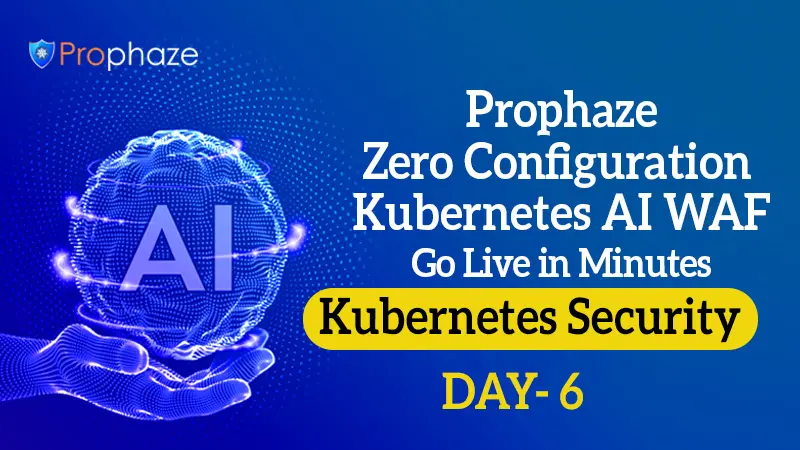
Security should extend beyond images and workloads and defend the complete environment, as well as the cluster infrastructure. You want